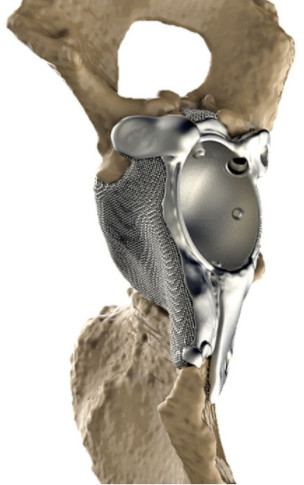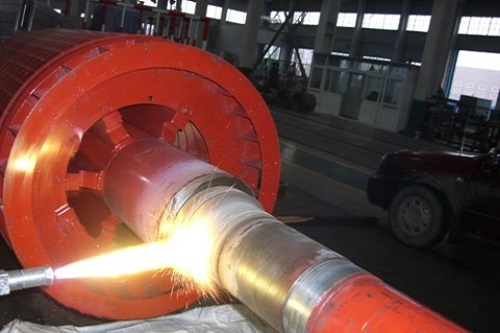Application of 3D Printing Tantalum Powder in Biomedicine
As a new manufacturing method for the global manufacturing industry, additive manufacturing caught the attention of the public six or seven years ago. And “3D printing”, a very down-to-earth and vivid name, was coined.
Metal 3D printing is widely regarded as the most promising technology. This technology is a rapid prototyping technology based on digital simulation, which uses metal, ceramic, and plastic powder to print layer by layer. From manufacturing plastic models to fine parts on space shuttles, now, even an entire car can be printed through 3D printing technology.
3D printing technology is also widely used in biomedicine, which can print artificial bones. Tantalum powder is an excellent biocompatible material. It has very strong biological inertia and corrosion resistance. In this article, let's take a closer look at the application of 3D printing of tantalum powder in biomedicines such as hip joints.

Metalysis has successfully produced a biologically inert tantalum lattice structure, and can have specific and random results. These structures follow the structural rigidity of human bones, and can be well combined with bone cells, so that the human body can excellently accept this kind of new tissue. Stanford Materials is dedicated to providing ultra-fine tantalum powder (D50=3um, D90<10um) for bio-applications. When used for additive manufacturing and selective laser melting, this type of ultra-fine tantalum powder can always maintain structural consistency. The final surface can also be further modified. The metal properties are still very stable.

Tantalum powder has a very wide application in the biological field, especially in the field of medicine. Metal 3D printing of hip joint replacement is historic. Matching metal 3D printing replacement organs are made by scanning the hip, allowing patients to have tailored hip joints. This improves the situation where we can only choose from standard sizes in earlier days. In addition to hip joint implants, the supporting lumbar cages of the spine are also of particular interest in the industry.
Conclusion
Thank you for reading our article and we hope it can help you to have a better understanding of the application of 3D Printing tantalum powder in biomedicine. If you want to learn more about Ti products, we would like to advise you to visit Stanford Advanced Materials (SAM) for more information.
Stanford Advanced Materials (SAM) is a worldwide supplier of tantalum powder and has over two decades of experience in the manufacture and sale of tantalum products, providing high-quality products to meet our customers' R&D and production needs. As such, we are confident that SAM will be your favorite tantalum supplier and business partner.
Related reading: Spherical Tantalum Powder For 3D Printing




